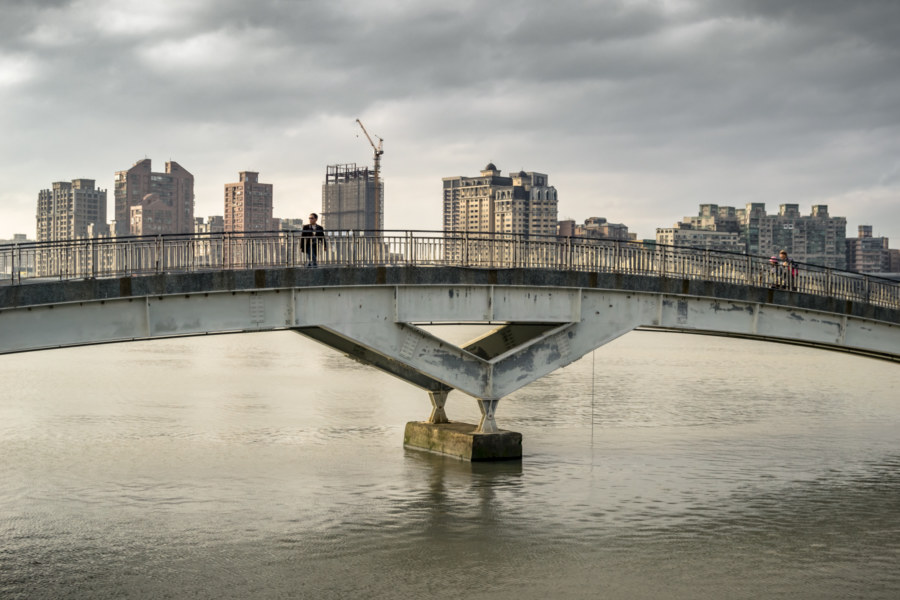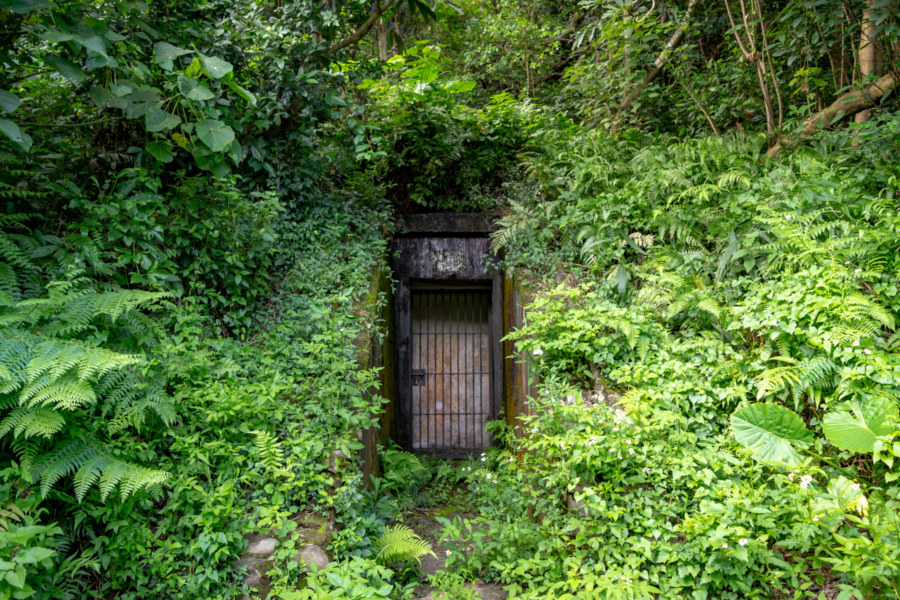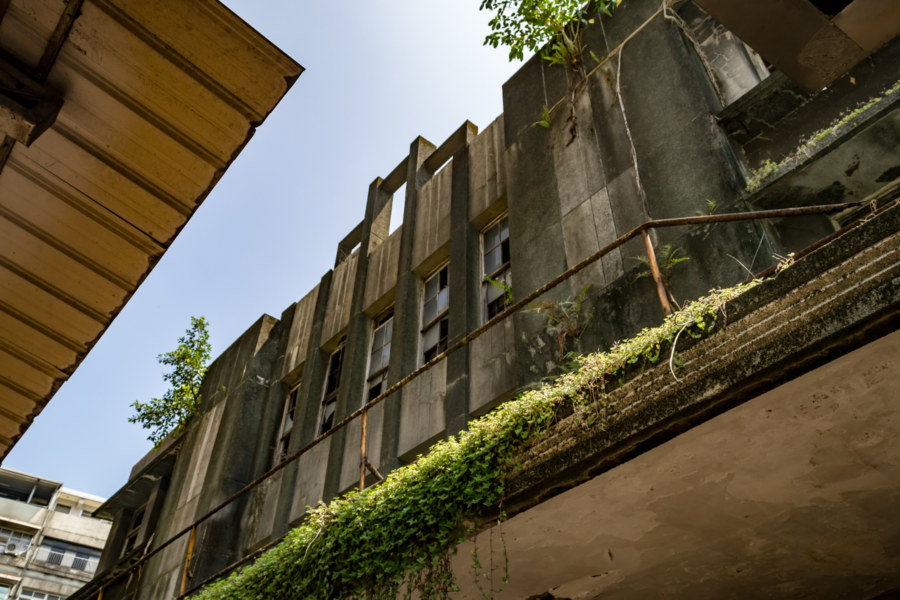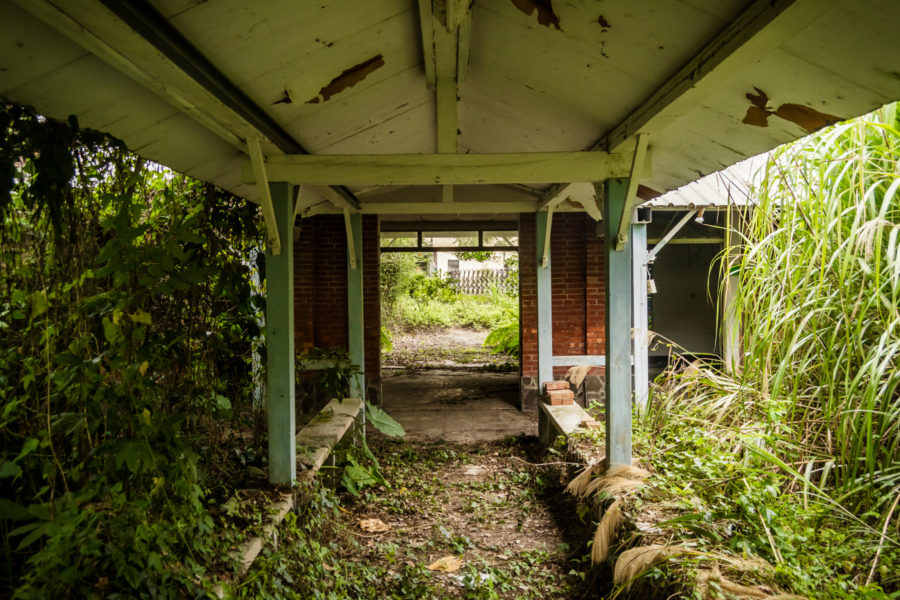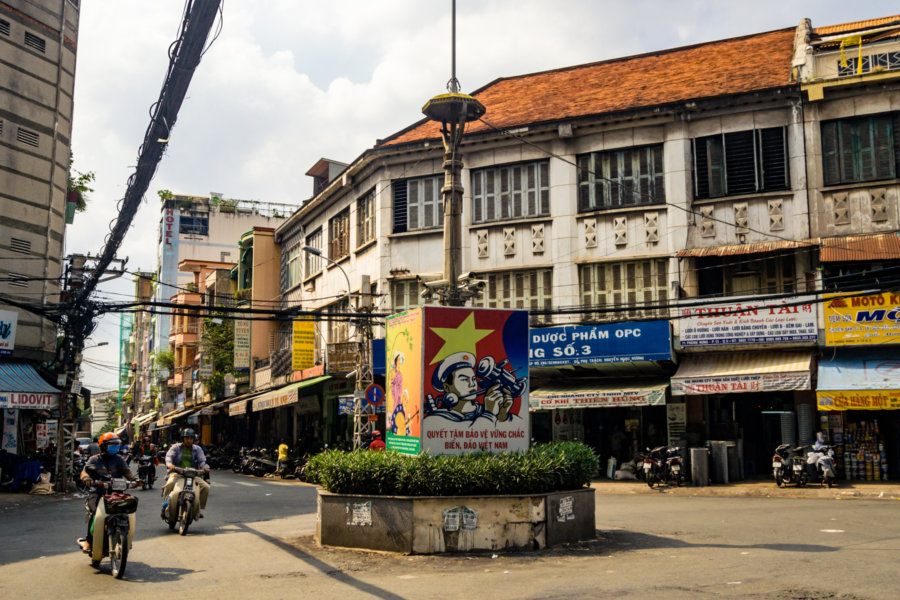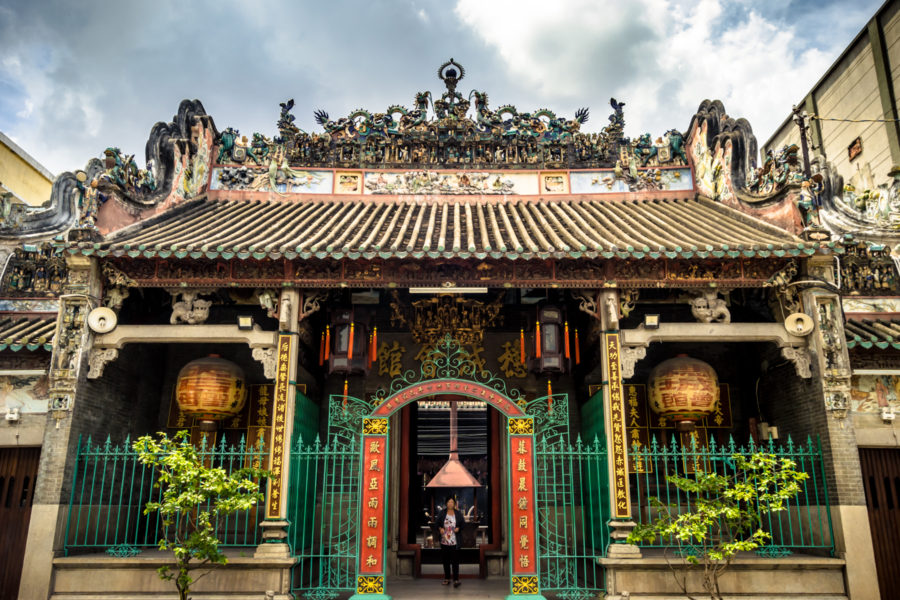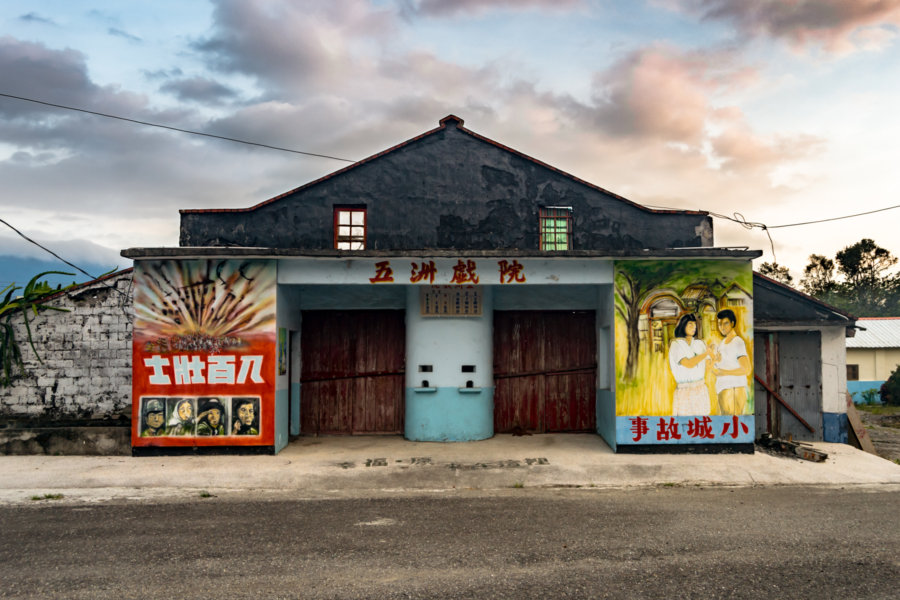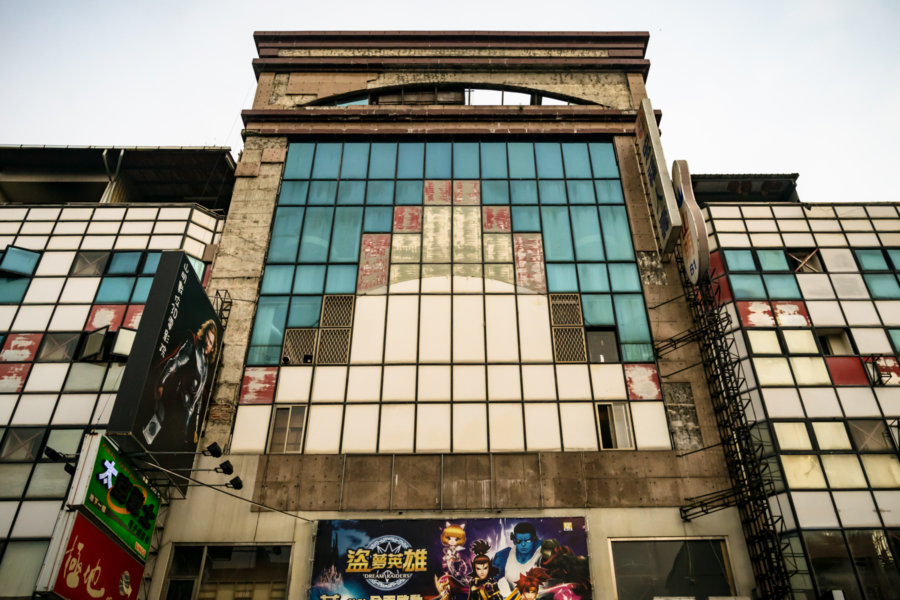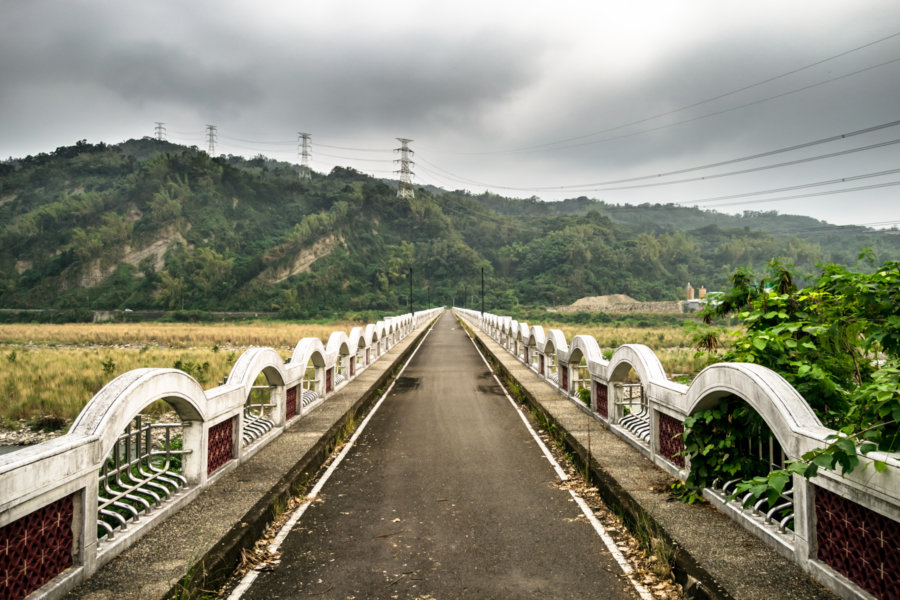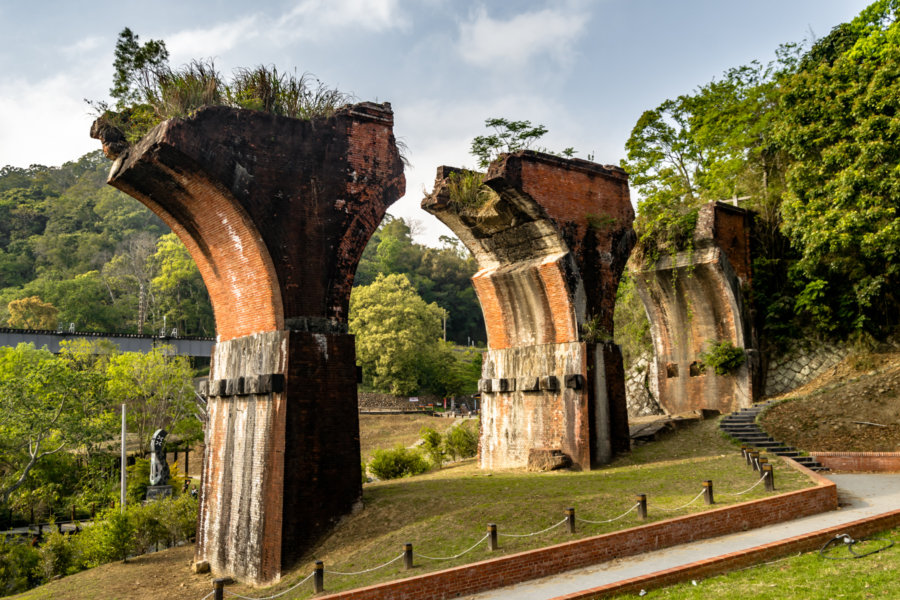An abandoned bunker in the foothills of Yangmingshan.
Recently I went riding up Jiànnán Street (劍南街), a scenic mountain road connecting Zhongshan and Shilin. Along the way I noticed many bunkers and sentry posts, remnants of a time when this entire mountainside was under military control and strictly off-limits to civilians. One bunker in particular struck me as particularly pleasing, for it was little more than a door in the forest, a dark promise surrounded by a vivid shade of green. For reference, this place is located on the eastern flank of the modest Wénjiānshān (文間山), and for more about the area you can consult Chinese language blogs here and here.…
